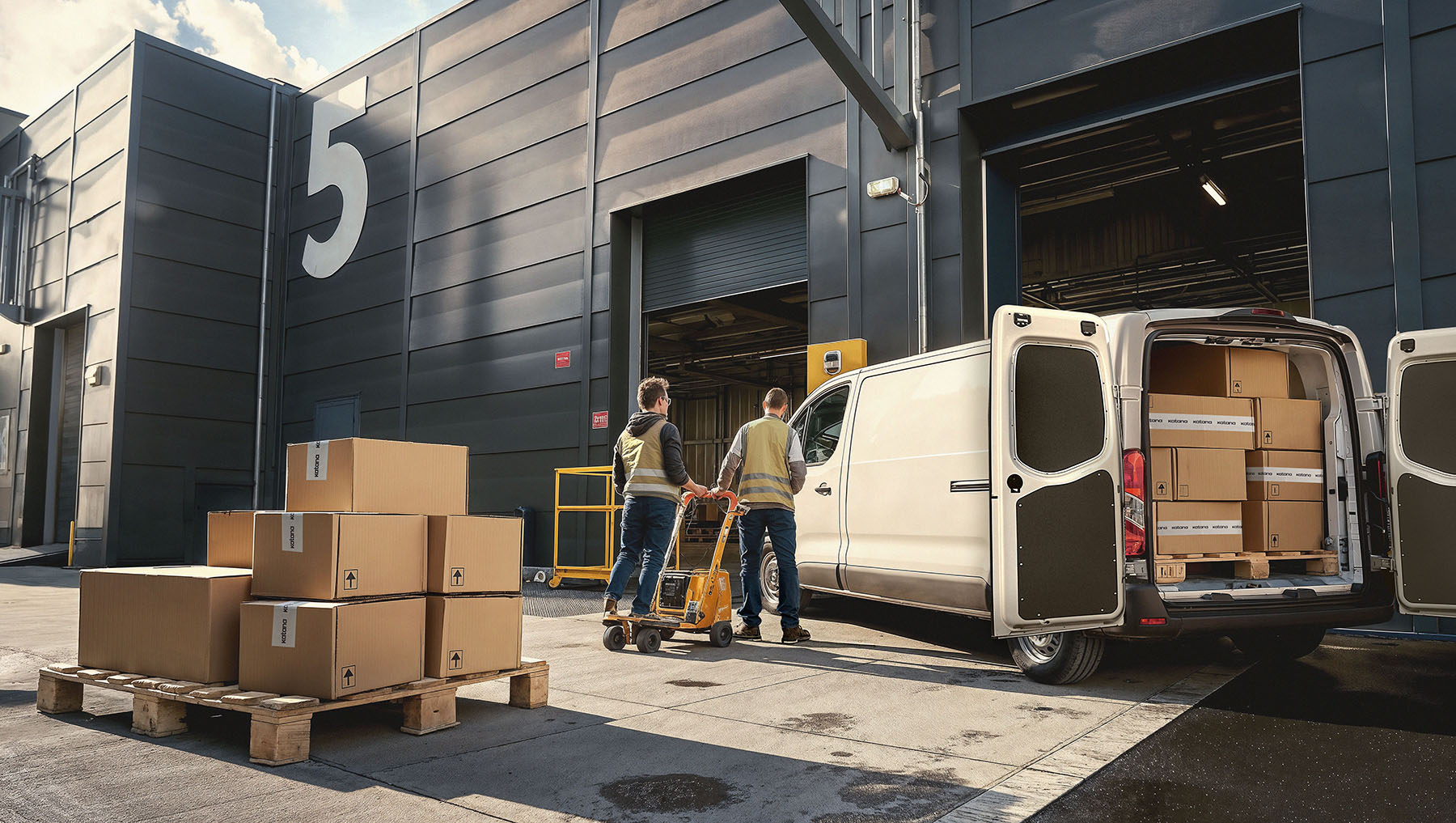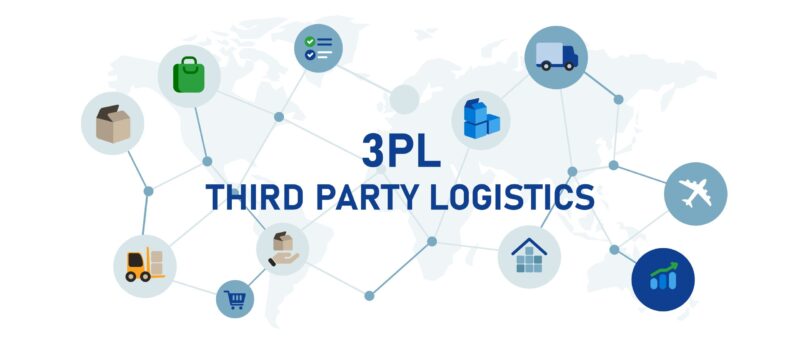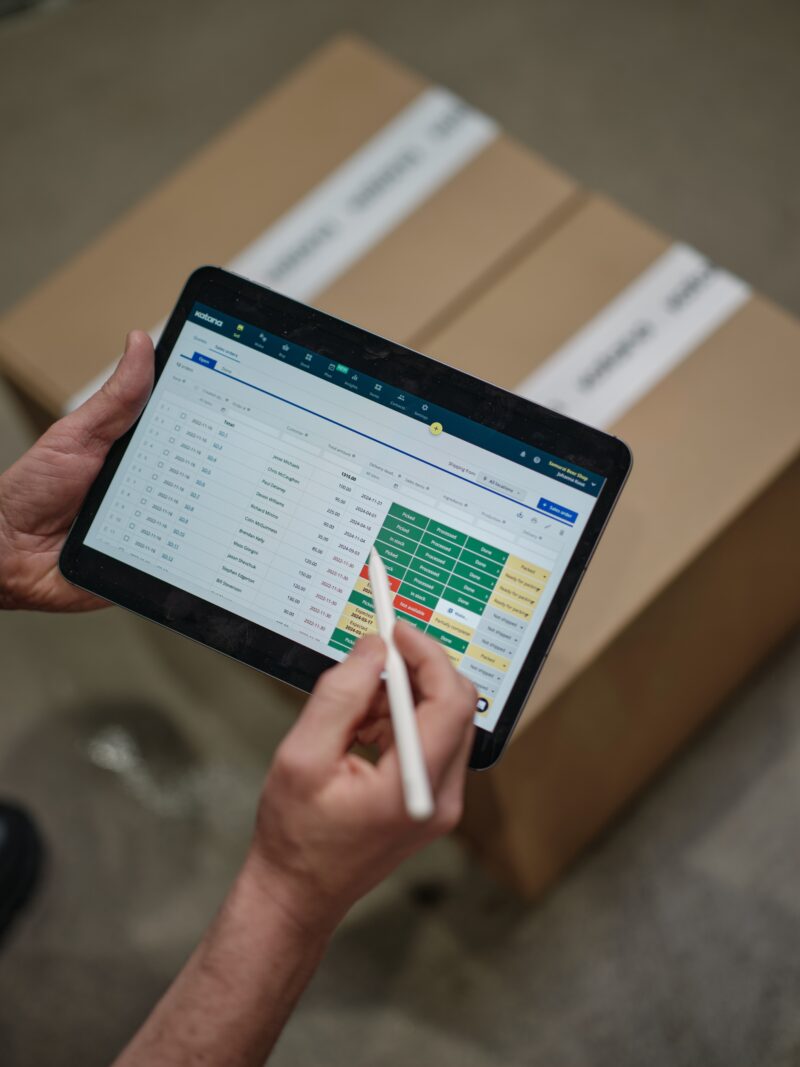A guide to 3PL logistics

Ioana Neamt

“Frankly, my dear, I don’t give a damn!” You may think that this is what Rhett Butler once told Scarlett O’Hara while a lot of wind was blowing. However, this is exactly what a production business manager was overheard saying after being asked how much storage space his current inventory requires. That’s because, said manager, is using 3PL to handle all of his fulfillment needs. Confused? Allow us to explain.
Businesses of any size in the manufacturing sector are faced with multiple challenges in an increasingly changing landscape, especially at a time when reshoring and nearshoring are effectively remaking the global supply chain as we know it. Understanding the fundamental changes that are happening is a task in itself, so one of the quickest and most efficient ways to deal with these changes is keeping as flight-footed and as flexible a business as possible.
That’s where the 3PL option comes in, providing an out-of-the-box option for businesses working to scale up quickly with potentially lower overhead.
What is 3PL?
Standing for third-party logistics, the term precisely describes the outsourcing of logistics services. These services could range from individual components of the process, such as:
- Warehousing
- Transportation
- Managing inventory
- Fulfillment
As a result, 3PL companies can often be referred to as order fulfillment companies or fulfillment services.
However, more robust services can include all components of the supply chain, for a comprehensive outsourcing solution. So, whichever level of service you need, if you’re a growing company eager to use your shop space for production rather than storage and your energy for maximizing production rather than figuring out shipping, then 3PL is likely an option to seriously consider.

How does 3PL work?
Companies that manufacture items may not have the bandwidth necessary to process, freight, and then ship said items directly to customers. Instead, they contract companies to either handle one of those tasks each, or a more comprehensive solution that packages them together. That’s the essence of why and how a 3PL business works.
The process of outsourcing large chunks of the supply chain management of a manufacturing business means that you might feel the overall level of transparency of your business is taking a hit. However, a good understanding of the model, what it takes, and how it works is the first big step to eliminating that drawback.
The 3PL order fulfillment process
Below, we’ve listed some of the key elements of the process through which 3PL can work and add value to any enterprise.
Stocking
In order to carry out customer orders efficiently, a warehouse needs to hold a certain volume of that stock at all times. The 3PL warehouse needs to stay in communication with businesses to have a good image of how much space it has available and what order volume to expect. This helps them budget space and resources properly.
Managing inventory
Once the warehouse stocks the necessary inventory, it must go through regular inventory management policies, to ensure proper stock is held. From this stock, the warehouse will fulfill orders and ship packages to customers. Space availability depends on what 3PL warehousing solution you’re choosing, so treat it seriously as a factor.
Picking and packing
Once a warehouse stocks the right type and amount of inventory, it must be able to sort it and prepare it for shipping by picking the order and packing it. How streamlined this process is varies from facility to facility, from manual upload of orders via spreadsheets, to cloud-powered automation.
The second part of this stage also means an understanding of what the best materials are to package the goods. Each 3PL warehouse stocks materials meant to ensure safe packing of goods. These include cardboard boxes, bubble wrap, dunnage, and tape.
Kitting
Businesses may offer some kind of multi-good packages or subscription-based delivery service, which requires putting multiple products together. 3PL warehouses in this category are usually more experienced, and services like kitting are limited to a more narrow set of third-party service providers.
Shipping
The final step of a regular order fulfillment cycle is shipping to the customer. A 3PL warehouse will handle the acquisition and printing of shipping labels.

Returning (reverse-shipping)
3PL warehouses need to be able to handle any incoming returns to customers. Handling this also involves having logistics capabilities to process return requests, then either restock the returned item, or dispose of it in accordance with policy.
Top reasons for adopting 3PL solutions
There are many benefits to working with a 3PL partner, but we will now focus only on the five most important ones.
Cost savings
Saving money is certainly the most important argument for any business, no matter its size or industry. Working with a partner that can efficiently handle transportation and logistics will reduce costs by cutting waste, minimizing missed orders, and eliminating the need to have employees handling all these processes. Of course, 3PL solutions also come with a cost but the advantages of working with a specialized partner often outweigh the costs.

Boosted efficiency
When storage and shipping are handled with advanced warehouse inventory software and specialized staff, the whole process becomes more efficient. Unlike having to handle logistics in-house, working with external partners takes a lot of the pressure off from your staff. Missed orders or errors are likely to be minimized as 3PL companies always seek to optimize their services and provide the best customer experience.
Increased scaling opportunities
Scaling is a common goal for small businesses but it comes with multiple challenges. For example, your products might be very successful with consumers, but you could have an issue fulfilling orders, as you are still operating with spreadsheets out of your garage. With a 3PL company, scaling is no longer an issue from a logistics standpoint. These companies are ready to take on more of your business needs and have the capacity to fulfill them.
Lower investment needs
Similar to scaling, starting capital is another issue new businesses come across. But not only new businesses as companies at any stage sometimes may need to cut their investment efforts. Using the services provided by a 3PL company lowers the bar to entrance as you no longer need to worry about the complicated transportation, storage, and shipping process. Running a warehouse and distribution chain on your own is no easy feat, so it is more cost-efficient to just pay for a service instead.
Improved customer satisfaction
This is the ultimate goal and the result of orders being quickly shipped to customers with little friction caused by products being out of stock when needed the most. You can benefit from inventory management optimization and fast shipping when working with a 3PL warehouse. Besides improved customer satisfaction, reduced stress on your staff or on yourself as a business owner is an added bonus.

How 3PL warehouses work
The modern warehouse is a key element in the entire transportation, storage, and shipping process. It is a complex network where people, machines, and software interact at a very fast pace and with multiple global interconnections. A 3PL warehouse is run by a specialized company in order to serve the needs of multiple customers. Running a successful warehouse is no easy task, especially for smaller business owners. Even for larger companies, this challenge is better left to specialized 3PL providers. A 3PL warehouse works similarly to any modern warehouse, with the big difference that products and orders are documented and shipped by the 3PL company on your behalf.
The difference between 3PL and 4PL companies
The main difference between the two is that 4PL companies handle the entire supply chain while 3PL is focused only on logistics. 4PL partners handle each and every moving part of a business from logistics, to warehousing and transportation. The relationship to the customer needs to be much closer and businesses need to be ready to provide more access to their internal data. Also known as lead logistics providers (LLPs), these companies also need to take over more ownership and responsibility in relation to the client. Choosing between a 3PL and a 4PL company depends a lot on your business goals and context, as both have their own advantages and disadvantages.
Top 3PL companies
Most commonly, 3PL companies are ranked based on their gross revenue. Overall, the global 3PL market gross revenue reached $405 billion annually, according to the latest data from Armstrong & Associates, Inc. As a leader in 3PL market research and consulting, the company also ranks the top companies by gross revenue generated. We’ll briefly go over the top three companies based on 2022 gross revenue.
Kuhne + Nagle — $46.9 billion
Based in Switzerland, the company boasts over 81,000 employees in more than 100 countries. It was founded in 1890 as a freight forwarding company and has since evolved from traditional shipping to covering road, rail, air, and sea freight. Placing customers at the center of its business, it offers full control of shipments through instant bookings and shipment tracking from any device.
DHL Supply Chain & Global Forwarding — $45.6 billion
Serving the industry since 1815, DHL Global Forwarding is a division of DHL, with over 30,000 expert employees and offers air, ocean, as well as multimodal freights. It also offers critical logistic tools at your fingertips, with a focus on full transparency. Besides transportation, it offers advanced logistics solutions.
DSV — $34.9 billion
DSV is a Danish 3PL company with a focus on transport and logistics solutions, boasting global coverage. Founded in 1976, it grew to over 1,600 offices and logistic facilities worldwide served by more than 75,000 employees in 80 countries worldwide.
DSV caters to a wide range of industries, including:
Furthermore, similar to the two companies listed before, DSV focuses on sustainability best practices.
3PL and Katana
3PL companies offer complex solutions for transportation and logistics, needing to manage a high number of employees, locations, and products. Given this complexity, adopting 3PL inventory management software is a must.

With Katana, inventory management and supply chain tracking become effortless. Not only does it enable you to save time and reduce costs, it also allows you to scale your business and grow.
Some of the features that 3PL companies can use include:
Integrations will also open up a wealth of opportunities and increase flexibility and all of these features are easily available in one platform.
Reach out for a demo to see what automation capabilities Katana can offer and how our cloud-based solutions can bring value to your business.
FAQs
Services provided by 3PL companies include but are not limited to:
- Handling stocks
- Inventory management
- Picking and packaging
- Shipping and returning
Of course, these are the main elements, but depending on the business, things may vary. A top 3PL company will be able to handle all these and more while also focusing on optimization and sustainability.
The benefits of partnering with a 3PL span a wide range:
- Reduced costs
- More efficiency
- Scaling opportunities
- Lower investment needs
- Increased customer satisfaction
These are just a few of them. Less stress on the business owner and the comfort of knowing that such a complex process is handled by a company fully specialized is also very important.
3PL companies need to handle large amounts of goods, products, orders, and customer requests. Inventory management software can make this complex job easier with real-time access to data, stock control, advanced reporting, and analytics tools.

Ioana Neamt
Table of contents
Get inventory trends, news, and tips every month
Get visibility over your sales and stock
Wave goodbye to uncertainty with Katana Cloud Inventory — AI-powered for total inventory control